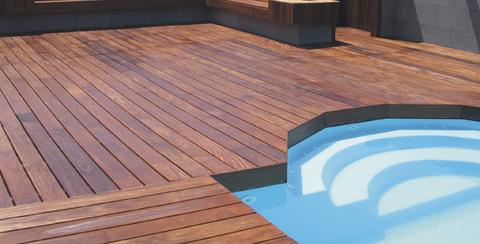Conservatories in Singapore

Singapore wants to become a “city in a garden”. Wilkinson Eyre were called upon to define the centrepiece of this ambition with the Gardens by the Bay. The South Garden is the most impressive, architecturally speaking, with its two main cooled conservatories, amongst the largest ever built. The cool dry “Flower Dome” covers an area of around 1.28 hectares and climatically speaking resembles the Mediterranean regions. The “Cloud Forest” conservatory is cool and moist and has at its heart a planted mountain complete with 35m waterfall! It is higher than the Flower Dome and but covers a smaller area of around 0.73 hectares.
The purpose of the buildings is about exploring the effects of climate change on the world's plant species. The purpose here is to explore the key questions of how the building stands, and how environmental control is maintained within the spaces.
Both conservatories have a dual system of structure. A gridshell spans the space taking its own weight and that of the glass, whilst external arches stabilize the gridshell under windload. The gridshell in parts of the Flower Dome is thought to be the largest ever created.
Achieving environmental control is no less a challenge than spanning such an area. The starting position is to do as much as possible passively. In the forms of the building envelope, this means having a relatively small surface area and modulating the form in relation to the precise solar geometry in order to reduce solar gain from direct sunlight. On sunny days, automated fabric sun shades are deployed. In combination with low E glass a significant reduction in gain is achieved. Inside the domes, the lower levels of air are cooled actively with the air above being allowed to stratify naturally. A reservoir of hot air forms at the top of the dome for use later in the cooling process.
The fresh air used for cooling is first dried using a dessicant. This reduces the energy required to cool the air, but saturates the dessicant. That is later dried using the hot air from the top of the dome as well as heat from a bio-mass boiler which also cools the air by evaporation. The bio-mass feeding the boiler comes from green waste collected from the city's parks.
And there an environmental circle is completed on a spectacular addition to Singapore's architecture.


















